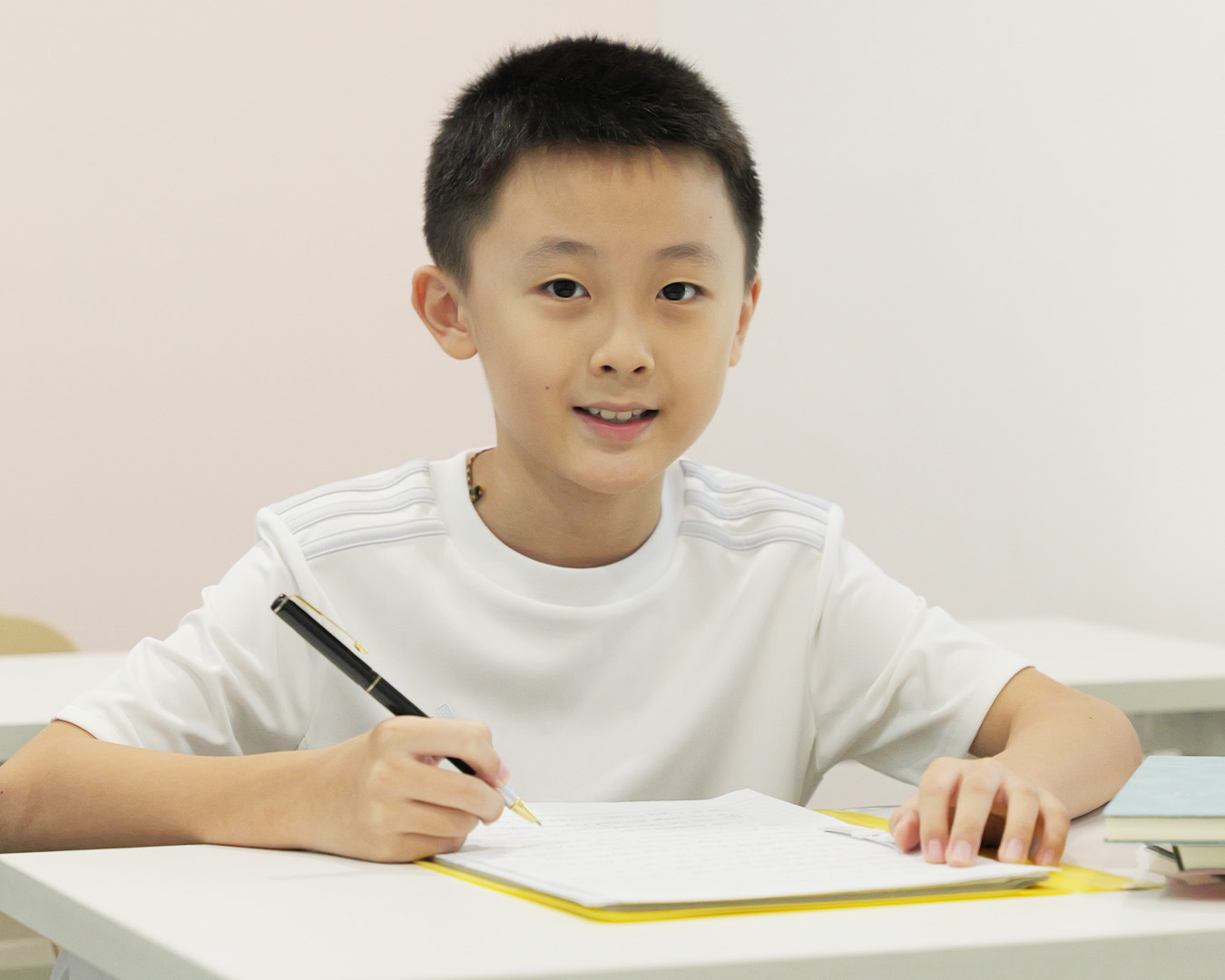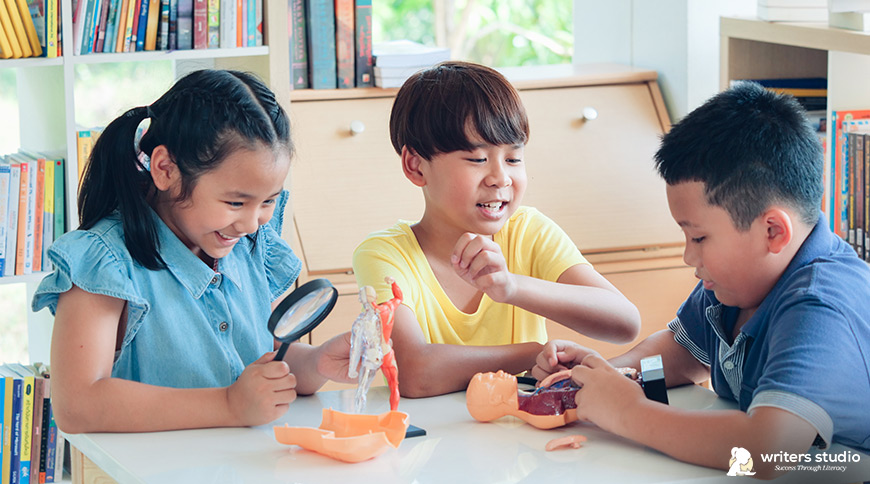
25 May 2024
Writing Story Introductions in Upper Primary
“Mr. Clement, I don’t know how to start the composition!”
I often tell my primary 1, 2 and 3 students to start with the weather and day when they write, and often recommend my students to memorise 1 to 2 beautiful sentences to start their English composition.However, there are a few other ways to start a composition that I have been sharing with my upper primary kids at Writers Studio to make it more exciting for their teachers in school.
1. Start with a Dialogue
For example, “Oh gosh, I have been waiting to receive these for so long!” Jenny squealed in delight.
Now, as a reader, you are keen to find out what’s the present she received. Speech makes a good hook, as it is enlivening to the story’s delivery. It also helps readers relate better to the characters. Through a dialogue, we can hear how the characters speak – the way they speak gives readers a glimpse into their emotions and the way they think. Especially for the introduction, where the main characters are first mentioned in the story, it helps readers get an idea of their background such as their age, occupation, and so forth.
2. Start with a Flashback
For example, Edward sat on the edge of a precipice, staring down from a dizzying height. The memories of yesterday’s event came to him. Tears sprang to his eyes.
Instantly, the reader is drawn into the mystery of what happened earlier to Edward. How did he get to the precipice? What was he doing there? Was it a dare that he agreed to and regretted?
Starting with an exciting scene before going into past events creates suspense. The reader wants to know what happened to lead up to the current situation, making them want to keep reading.
Using a flashback in an introduction is useful because it adds depth to a character’s motivations and emotions, making the character more relatable. By starting with a dramatic or emotional moment in the present, the reader gets hooked. The flashback gives important background information that helps the reader understand the unfolding story.

3. Start with a Shocking Statement
For example, I never thought that someday I will be hailed as a hero, but there I was, being lifted and thrown in the air like a famous movie star.
Starting with a shocking statement grabs the reader’s attention right away. It makes them curious to find out how the character in your story ended up in that surprising situation.
This technique builds interest. It’s especially useful for stories with suspense and drama. We can use this technique for stories based on topics like A Praiseworthy Act and An Accidental Hero.
4. Start with a Vivid Description
For example, the old house loomed over its surroundings, its facade crumbling. Vines crawled up its walls while the windows stared back with open, broken eyes.
Let’s look at the phrases used: “the old mansion loomed over its surroundings, its facade crumbling.” This phrase makes the mansion seem large and threatening. The word “loomed” suggests it towers over everything else, while “crumbling facade” shows it’s falling apart, hinting at a once-rich history.
Using rich descriptions is a powerful way to draw readers into your story. It helps them picture the setting and feel immersed in the scene right from the start. This method works especially well for topics like A Discovery or A Chance Encounter.
By using some of these techniques I have shared here, primary 4 to 6 students can create story hooks that help captivate their readers and make their compositions stand out from the rest. The next time you’re struggling to start a composition, why not try one of these techniques? They are easy to remember and make starting a composition not so scary anymore!
At Writers Studio School of English, we have highly relevant programmes that help you improve your creative writing skills. One such programme is Starbright Creative Writing, a dedicated creative writing course that helps you address any writing issues you have inherently faced. Get rid of your stubborn writing issues that have not gone away through other tuition classes. We are here to make a difference.
Ready to see the difference Starbright can make? Sign up for a trial lesson today!
For more insights and tips on creative writing, check out our earlier blog posts.
Clement is a dedicated educator at Writers Studio with a passion for creative writing. With years of experience teaching and a knack for inspiring students, Clement brings out the best in young writers. His skills in crafting engaging narratives and his ability to simplify complex writing techniques make him a favourite among students. Outside the classroom, Clement enjoys writing short stories and contributing to various literary projects. His dedication to nurturing young talent ensures that every student he teaches gains the confidence and skills to excel in their writing endeavours.




